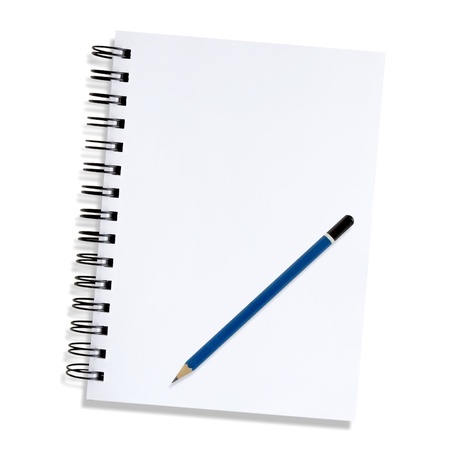 The Minutes of Meetings form a record of decisions taken and actions to be carried out to give effect to those decisions.
The Minutes of Meetings form a record of decisions taken and actions to be carried out to give effect to those decisions.
Minutes normally reflect the venue, date and time of the meeting, the names of the representatives present, a list of decisions taken and the names of the individuals responsible for executing the actions to be carried out.
Minutes are most effective when dates are attached to actions, the outcome is a reflection of the performance of the individual tasked with executing the decisions of the meeting.
Minutes should be written in such a way that there is no ambiguity in interpretation else disputes could arise.
Minutes should be circulated to members and could be attached to the Agenda of the ensuing meeting. Members are afforded an opportunity to make sure that the Minutes accurately reflect the decisions taken.
At each ensuing meeting there is usually an opportunity to request that minutes be corrected and also to discuss matters arising from the Minutes.
Skilful Minute-taking is an art which can be used to influence policy and operational provisions and even the record itself.
Once the Minutes are proposed and seconded as a correct reflection of the business concluded, the Minutes are signed and dated by the Chairperson to become the official record of the decisions taken.
